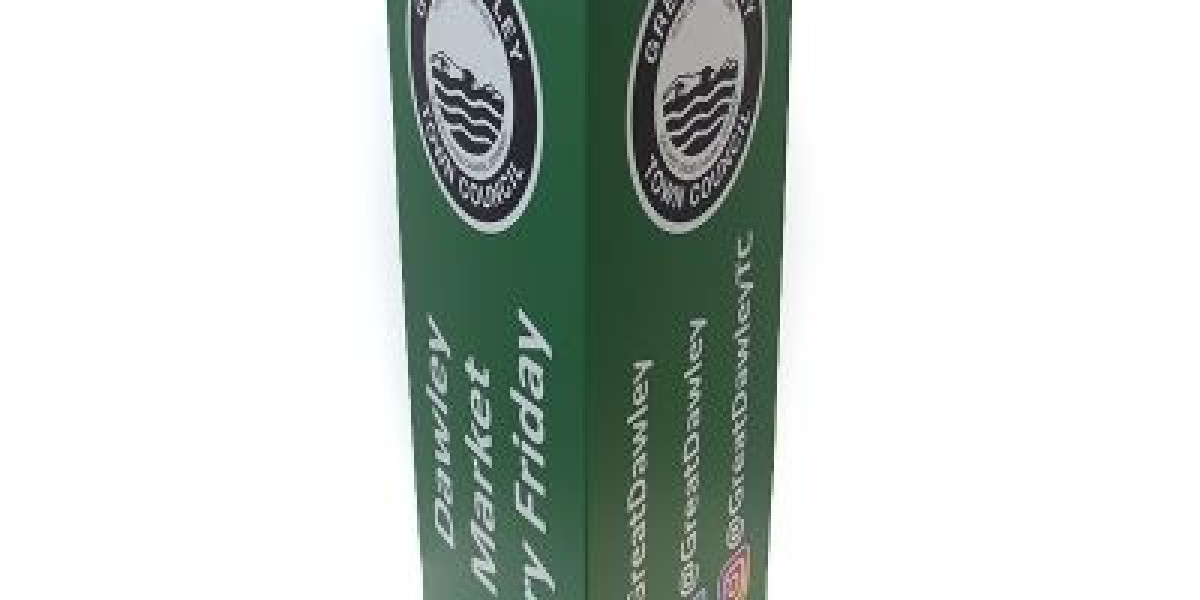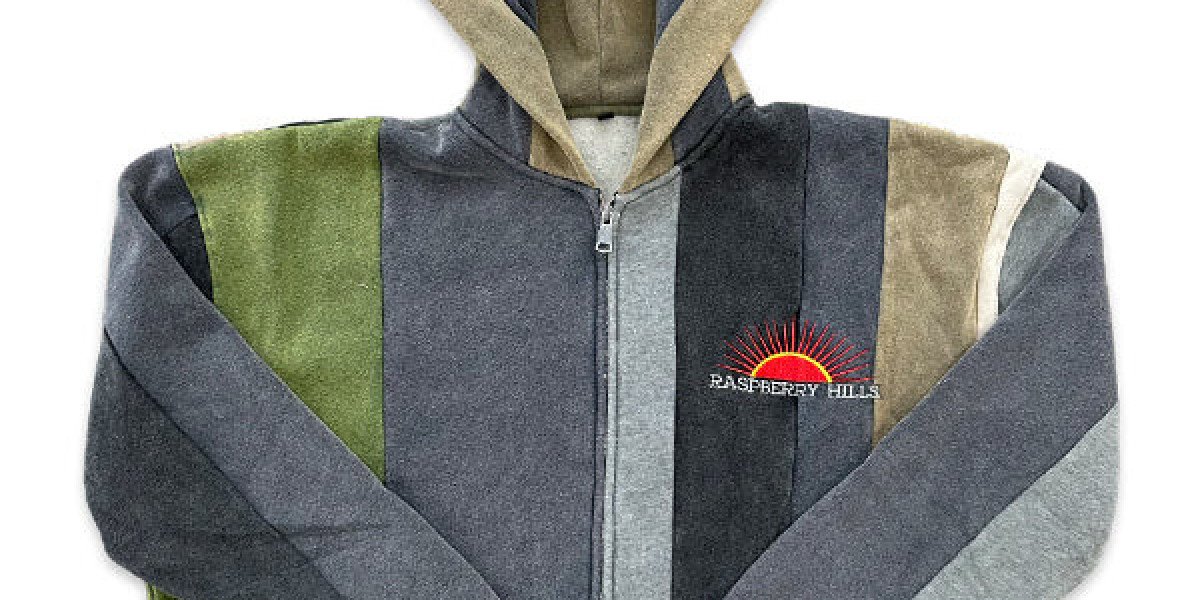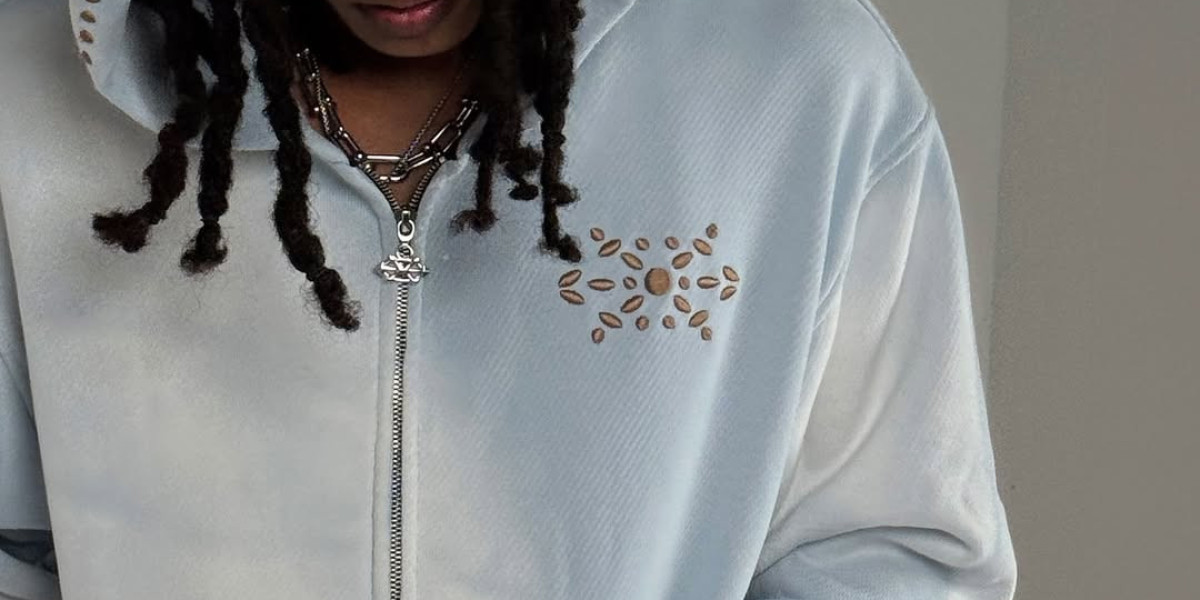Bollard covers may seem like a simple finishing touch to public infrastructure, but their role in safety, branding, and long-term performance is far more significant than most realise. Often found in car parks, retail entrances, and industrial sites, these covers protect the structural bollards underneath while improving visibility and aesthetics. However, one question frequently arises for facilities managers and business owners: how long will they last, especially when exposed to unpredictable weather?
This blog explores how environmental conditions impact bollard site covers, what materials endure best over time, and how to predict and extend their lifespan through better choices and maintenance.
The Purpose of Bollard Covers and Their Everyday Value
The bollard covers serve two core functions: protection and presentation. Physically, they shield the steel or concrete core bollards from corrosion, weathering, and impact damage. Aesthetically, they create a professional appearance that can align with branding, safety markings, or navigation needs.
Whether used outside estate offices, supermarkets, or healthcare facilities, the right cover ensures durability, reduces maintenance costs, and avoids complete replacement of structural bollards. And yet, their exposure to the elements makes material selection and installation practices critical to performance.
Common Bollard Cover Materials and Their Weather Resistance
The longevity of a bollard cover significantly depends on its material. Each comes with advantages and trade-offs, especially under prolonged exposure to rain, sun, snow, or pollution.
High-Density Polyethylene (HDPE) and Plastic Blends
- UV-resistant and relatively inexpensive
- Can fade or crack with long-term exposure to intense sunlight or sharp temperature fluctuations
- Usually lasts between 5 to 10 years with minimal upkeep
Powder-Coated Steel Covers
- Offers superior impact resistance
- Needs anti-corrosion treatment to resist rust, especially in coastal or high-moisture environments
- With proper coating, they can last over 10 years
Rubberised and Flexible Materials
- Great for areas with frequent vehicle contact
- Less prone to cracking under impact but can degrade in extreme cold or heat
- Typically has a shorter life span, averaging 3 to 6 years
Vinyl-Wrapped or Custom Printed Covers
- Provides branding opportunities and vibrant visuals
- Requires regular cleaning to maintain clarity and can peel under UV damage or heavy rainfall
- Expected to last between 2 to 4 years depending on usage
How UK Weather Affects Bollard Cover Lifespan
The UK’s climate, marked by frequent rainfall, variable sunshine, and winter frost, can shorten the durability of bollard covers if not chosen wisely. Below are the major weather challenges:
- Rain and High Humidity
- Encourages rust and mildew under poorly sealed covers
- Accumulated moisture weakens adhesive bonds or seams
- Waterproofing and sealed caps are essential in rainy regions
- UV Exposure
- Though less intense than in equatorial regions, consistent sunlight can fade printed estate agent boards or vinyl-wrapped bollard display covers
- Prolonged UV exposure makes plastic brittle over time
- UV-treated coatings or darker colours help mitigate damage
- Snow, Ice and Freeze-Thaw Cycles
- Water seeping into seams freezes and expands, leading to cracks
- Repeated cycles of thawing and refreezing damage materials that aren't flexible
- Anti-freeze formulations in rubber covers can help but may reduce overall firmness
- Wind and Flying Debris
- High winds in exposed sites can loosen or dislodge poorly mounted covers
- Debris and gravel can cause surface scratching, reducing aesthetic value and structural integrity
- Steel and heavy-gauge plastic options provide greater wind resilience
Other Factors That Influence Longevity
Weather aside, several practical elements influence how long bollard covers last:
Installation Technique
- Professional installation ensures snug fit and longevity
- Mounting systems with lock-in mechanisms reduce the risk of theft or wind loss
Frequency of Physical Impact
- Covers in delivery zones or vehicle-heavy areas degrade quicker
- Flexible or rubberised materials reduce damage from scrapes
- Placement design can reduce exposure to direct impact
Environmental Setting
- Urban environments expose covers to pollution and grime, which can dull finishes faster
- Coastal air introduces salt, accelerating corrosion for steel covers
- Nearby estate agent boards and signage may reflect heat or UV light, intensifying localised exposure
Maintenance Practices
- Regular cleaning prevents material degradation
- Periodic checks for signs of wear can extend lifespan by enabling timely repairs
Estimating the Expected Lifespan
Predicting exactly how long a bollard cover will last is not an exact science, but general estimates can be drawn based on material and usage conditions. Here's a practical overview:
Material Type | Expected Lifespan | Best for |
HDPE/Plastic | 5-10 years | General purpose, moderate weather exposure |
Powder-Coated Steel | 10+ years | High-impact areas, long-term applications |
Rubberised Covers | 3-6 years | Vehicle-prone zones, short-term solutions |
Vinyl-Wrapped Covers | 2-4 years | Temporary promotions or branded bollards |
Disclaimer: Of course, these figures assume average UK conditions. Factors like local microclimates, traffic volume, and exposure to estate agent boards reflecting heat or shade can modify these figures.
Innovations That Enhance Weather Resistance
Design improvements over the years have made bollard covers more robust. If you are considering new installations or replacements, watch for features like:
- UV-protective coatings to preserve colour and prevent brittleness
- Internal insulation or layered materials that absorb shock and thermal shifts
- Water-sealed edges or welded seams that block moisture ingress
- Modular designs allowing easy replacement of outer layers without replacing entire units
Additionally, some bollard covers now integrate with estate agent boards or street signage to deliver dual-purpose functionality, improving site efficiency while reducing installation redundancy.
Smart Monitoring and Maintenance Tools
To ensure you get the most out of your investment, consider setting up a basic maintenance and inspection routine:
- Carry out thorough inspections twice a year, ideally after winter and summer, to catch early signs of damage.
- Take clear photos and record any signs of fading, corrosion, or cracks to track wear over time.
- Use only suitable cleaning agents that match the bollard cover material to avoid unintended surface damage.
- Mark or label high-traffic bollard covers so they receive more frequent inspection and maintenance attention.
In the future, smart bollard systems equipped with QR codes or RFID tags may allow for easier tracking of installation dates, wear patterns, and maintenance records.
Conclusion
Bollard covers may seem like a secondary concern, but their role in safety, branding, and durability makes them an essential feature in many public and private environments. By selecting the right materials, accounting for the UK’s varying weather conditions, and staying consistent with maintenance, businesses can maximise the lifespan of these components while reducing replacement costs. Whether installed near commercial parking areas or around estate agent boards, the right bollard cover contributes to safety, visual clarity, and professional presentation. At VC Print, we understand the importance of durability and quality in printed solutions.



